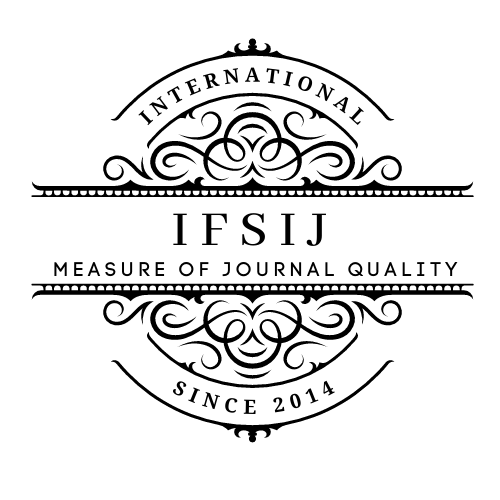THE EFFECT OF SPRAYING WITH HUMIC ACID AND NANO NITROGEN ON SOME VEGETATIVE AND CHEMICAL CHARACTERISTICS OF POMEGRANATE SEEDLINGS PUNICA GRANATUML SHAHRABAN CLASS
Keywords:
Foliar nutrition- Humic acid -Nano nitrogen - Shahban pomegranate.Abstract
This study was conducted during the 2023–2024 growing season at the experimental field associated with the College of Agriculture and Marshes in Dhi Qar Governorate. The primary aim was to examine the effects of foliar application of humic acid and nano nitrogen on selected vegetative and chemical traits of pomegranate seedlings of the Shahraban variety. Humic acid was applied at three levels (0, 2, and 4 ml.L⁻¹), while nano nitrogen was sprayed at concentrations of 0, 150, and 300 mg.L⁻¹. The experiment followed a factorial design based on a randomized complete block design (RCBD) with three replicates, using three seedlings per experimental unit. Statistical analysis revealed that treatment with 4 ml.L⁻¹ humic acid resulted in superior stem length, recording 72.89 cm, and higher potassium content at 1.802%. The application at 2 ml.L⁻¹ significantly enhanced other parameters, including the average diameter of the main stem (7.119 mm), dry weight of the green mass (38.13 g), dry weight of the root mass (22.66 g), nitrogen content (2.312%), protein percentage (14.45%), and phosphorus content (0.230%). Regarding the second factor, nano nitrogen, treatment at a concentration of 300 mg.L⁻¹ exhibited notable improvements in stem length, phosphorus percentage, and potassium percentage, with values recorded as 78.84 cm, 0.269%, and 1.873%, respectively. Likewise, the application of 150 mg.L⁻¹ nano nitrogen outperformed in enhancing the main stem diameter (7.513 mm), dry weight of the vegetative portion (38.09 g), root dry weight (23.15 g), nitrogen content (2.382%), and protein percentage (14.88%). Moreover, analysis indicated significant interactions between the factors across most measured traits, with varying degrees of improvement depending on the respective treatment concentrations. However, one parameter—unspecified in the text—did not exhibit statistically significant differences due to these interactions. potassium, where the interaction between the two study factors was not significant for this trait.
Downloads
Published
Issue
Section
License

This work is licensed under a Creative Commons Attribution-NonCommercial-NoDerivatives 4.0 International License.















